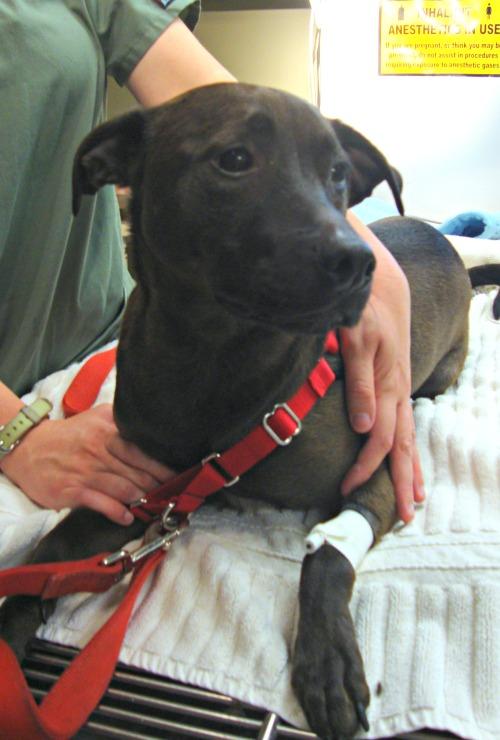
Spay Day is a campaign of the Humane Society of the United States that was started in 1995 to raise awareness of the use of spay and neuter procedures to save the lives of companion animals, stray and feral animals that might otherwise be put down in a shelter or killed in the street. These procedures are very important.
In every community, in every state, there are homeless animals. In the U.S. as a whole, there are an estimated 6-8 million homeless animals entering animal shelters every year. About half of these animals are adopted, and tragically, the other half are euthanized. These are healthy, sweet pets who would have made great companions.
The number of homeless animals varies by state—in some states there are as many as 300,000 homeless animals euthanized in animal shelters every year. These are not the offspring of homeless “street” animals—these are the puppies and kittens of cherished family pets and even purebreds. Spaying or neutering your pet will help to reduce the number of pets euthanized in shelters or suffering in the streets, as well as provide health benefits to your cherished pet.
Here is a TOP 10 LIST of reasons to spay or neuter your pet!
- Your female pet will live a longer, healthier life. Spaying your female companion helps prevent uterine infections and mammary gland tumors, which can be fatal in about 50 percent of dogs and 90 percent of cats. Spaying your pet before her first heat offers the best protection from these diseases. Spaying your female pet eliminates unwanted litters .
- Neutering provides major health benefits for your male pet. Besides preventing unwanted litters, neutering your male companion prevents prostate and testicular cancer as well as tumors that arise around the anus.
- Your spayed female won’t go into heat.
While cycles can vary, female felines usually go into heat four to five days every three weeks during breeding season. In an effort to advertise for mates, they’ll yowl and urinate more frequently—sometimes all over the house! - Your male dog won’t want to roam away from home.
An intact male will do just about anything to find a mate! That includes digging his way under the fence and making like Houdini to escape from the house. And once he’s free to roam, he risks injury in traffic and fights with other males. - Your neutered male will be much better behaved.
Neutered cats and dogs focus their attention on their human families. On the other hand, unneutered dogs and cats may mark their territory by spraying strong-smelling urine all over the house. Altered animals are less likely to bite. They are generally calmer and more even-tempered. 80% of all bites are from intact male dogs! - It is highly cost-effective.
The cost of your pet’s spay/neuter surgery is a lot less than the cost of having and caring for a litter. It also beats the cost of treatment when your unneutered pet escapes and gets into fights, or worse, gets hit by a car as they cross the street! Avoiding these problems means less costly vet bills for their owners. - Spaying or neutering will NOT make your pet fat.
Don’t use that old excuse! Lack of exercise and overfeeding will cause your pet to pack on the extra pounds—not neutering. Your pet will remain fit and trim as long as you continue to provide exercise and monitor food intake. - Spaying and neutering your pet is good for the community.
Stray animals pose a real problem in many parts of the country. They can prey on wildlife, potentially altering the local ecologic balance. Spaying and neutering is the strongest method we have in reducing the number of animals on the streets. - Your pet doesn’t need to have a litter for your children to learn about the miracle of birth.
Letting your pet produce offspring you have no intention of keeping is not a good lesson for your children—especially when so many unwanted animals end up in shelters. There are tons of books and videos available to teach your children about birth in a more responsible way. - Spaying and neutering helps fight pet overpopulation.
Every year, an estimated 4 million cats and dogs of all ages and breeds are euthanized in shelters. Countless others suffer as strays. These high numbers are the result of unplanned litters that could have been prevented by spaying or neutering.
